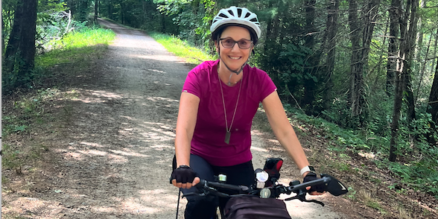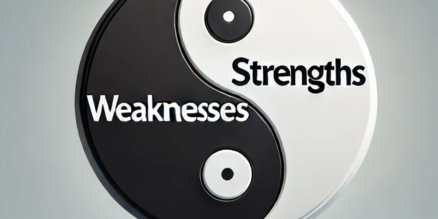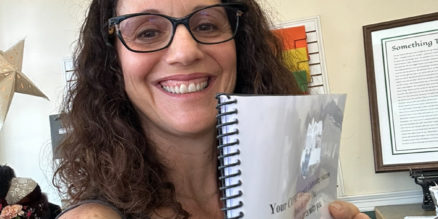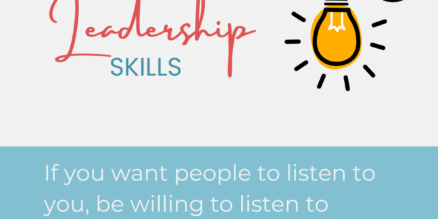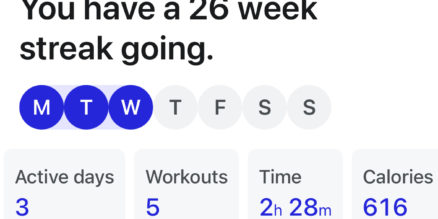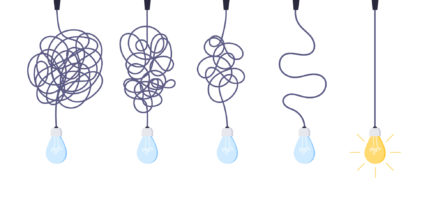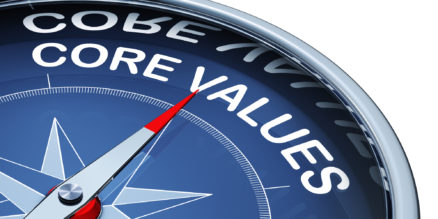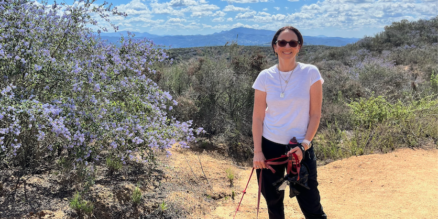This week, I “graduated” to a lower-assist electric bike—a significant milestone in my recovery from long COVID fatigue. After nearly two years of battling exhaustion, I no longer need the heavy assist of my previous e-bike.
Just over two years ago, I was struggling deeply. Long COVID had severely limited my physical abilities; walking was a challenge, and I couldn’t rely on my legs to push through a walk or bike ride. Despite this, I was determined to stay active and get outside. That’s when I decided to invest in a high-powered electric bike—one that could take over when my legs failed me.
At the time, the effects of long COVID on muscle recovery weren’t fully understood. I experienced muscle pain and fatigue that could last for weeks post-exercise, making it clear that I couldn’t push too hard. When we decided to get the electric bike, I tried several models, ultimately choosing one with a throttle that could get me home even if I ran out of strength.
2 years ago, I also tested the bike I just “graduated” to this week, light and easy to maneuver, it had many advantages. Yet, I remember how frustrated I felt when I tried it then—it didn’t provide enough support, especially when I tried to climb a hill. But now, with increased strength, it’s perfect for me!
Riding an electric bike first allowed me to just get out and spend time outdoors. As I got stronger I could join my husband, an avid cyclist, on rides. Hills that once felt insurmountable, even before COVID, became manageable. The bike gave us new opportunities to explore together, and I embraced the sense of security it provided—knowing I could conquer any hill with a little assist. Now, I’m thoroughly enjoying riding and the time we spend together.
We all need assistance at times—sometimes more than others. Embracing the support available to us can bring joy and help us build strength and resilience.
